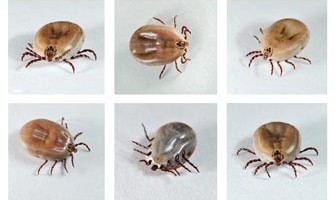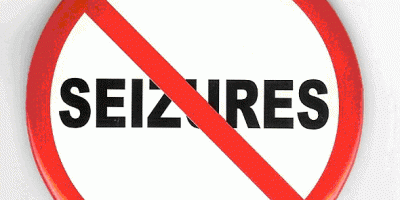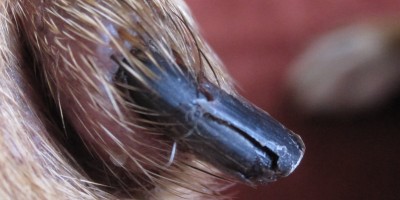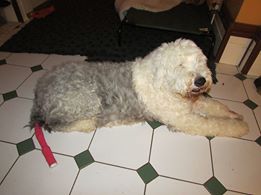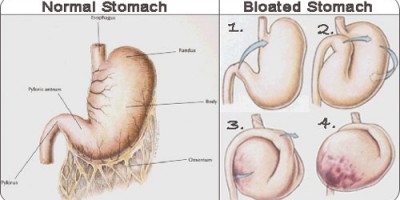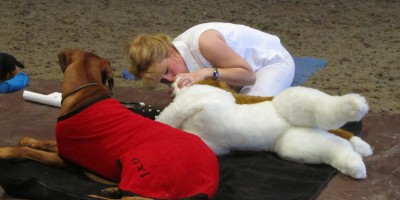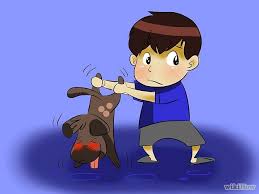Canine Tip of the Day: Ticks
Ticks come in lots of different colours and sizes; from grey, pink, red, brown and black, and right through from the size of a pin-head to a big fat juicy rice-crispy. They are carried on things like sheep and deer and drop off into the grass and undergrowth so that when an animal passes through, […]

